The Test Bank for Natural Disasters, 10th Edition by Patrick Leon Abbott offers multiple-choice questions that focus on volcanic eruptions, plate tectonics, and the chemical composition of magmas. This test bank covers Chapter 06 and provides key concepts on volcanic activity, magma properties, and plate-tectonic settings that lead to volcanic eruptions.
Sample Questions Include:
- Question 1: The most famous volcano is Vesuvius, which erupted in 79 CE and buried the cities of ____________.
A) Pompeii and Herculaneum
B) Naples and Rome
C) Naples and Milano
D) Petra and Florence
E) Florence and Pisa
Answer: A
Section: Plate-Tectonic Setting of Volcanoes - Question 2: Over _________ of volcanism is linked to the boundaries of tectonic plates.
A) 90%
B) 80%
C) 70%
D) 60%
E) 50%
Answer: A
Section: Plate-Tectonic Setting of Volcanoes - Question 3: Over _________ of Earth’s magma produced by volcanism originates at oceanic spreading centers.
A) 90%
B) 80%
C) 70%
D) 60%
E) 50%
Answer: A
Section: Plate-Tectonic Setting of Volcanoes - Question 4: Spreading centers are ideal locations for volcanic activity because ____________.
A) They sit above the high-temperature asthenosphere
B) The asthenosphere rock contains low amounts of SiO2.
C) Oceanic plates pull apart, allowing hot asthenosphere rock to rise, undergo decompression melting, and form magma.
D) All of the above
Answer: D
Section: Plate-Tectonic Setting of Volcanoes - Question 5: Silicon and oxygen combine to form the silicon-oxygen ____________.
A) Dihedron
B) Trihedron
C) Tetrahedron
D) Hexahedron
E) Dodecahedron
Answer: C
Section: Chemical Composition of Magmas - Question 6: As magma rises from subduction zones, the typical trend is to increase in ____________.
A) Percentage of SiO2
B) Viscosity
C) Explosive potential increases as gases are trapped more effectively.
D) All of the above
Answer: D
Section: Chemical Composition of Magmas - Question 7: The viscosity of magma is reduced by ____________.
A) Increasing temperature
B) Decreasing crystal content
C) Decreasing SiO2 content
D) All of the above
Answer: D
Section: Viscosity, Temperature, and Water Content of Magmas - Question 8: The most abundant dissolved gas in magma is ____________.
A) Water vapor (H2O)
B) Carbon dioxide (CO2)
C) Sulfur dioxide (SO2)
D) Hydrogen sulfide (H2S)
E) Carbon monoxide (CO)
Answer: A
Section: Viscosity, Temperature, and Water Content of Magmas - Question 9: Rock can melt by ____________.
A) Lowering the pressure on it
B) Raising its temperature
C) Increasing its water content
D) All of the above
Answer: D
Section: How a Volcano Erupts - Question 10: The presence of water ____________ the melting point of rock.
A) Raises
B) Lowers
C) Does not change
D) May raise or lower
Answer: B
Section: Plate-Tectonic Setting of Volcanoes
Key Features:
- Focus on volcanic eruptions, plate tectonics, and the chemical composition of magmas.
- Includes multiple-choice questions to assess your understanding of key volcanic and tectonic processes.
- Instant download, no waiting time.
- Designed for students studying geology, earth sciences, or natural disasters.
This test bank is a great resource for reinforcing your understanding of the processes that lead to volcanic eruptions, helping you prepare for exams in earth sciences or disaster management.


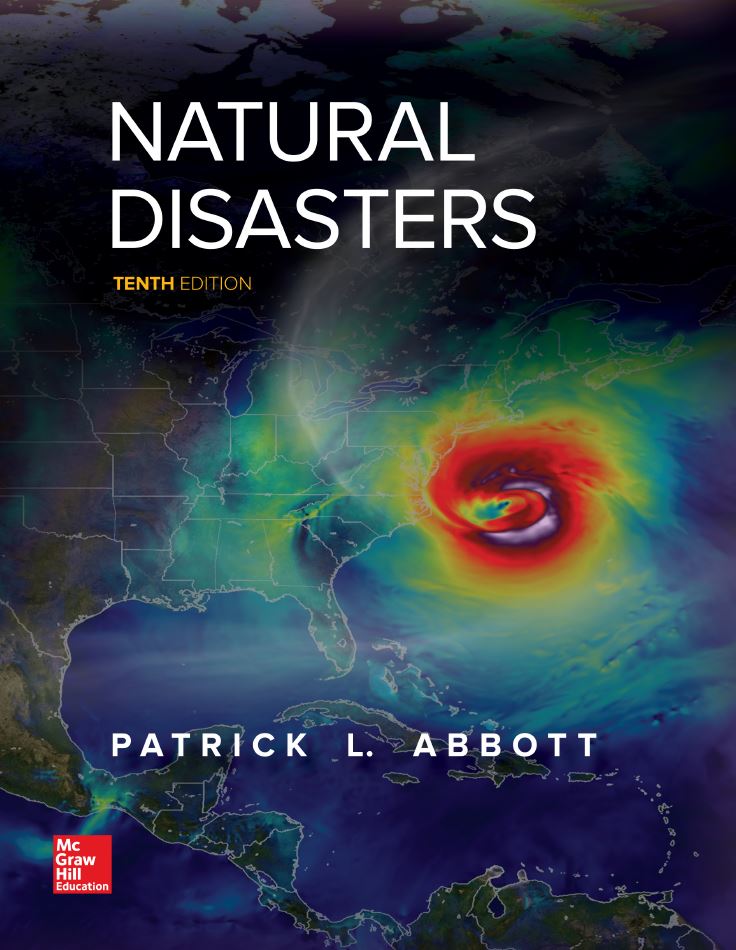



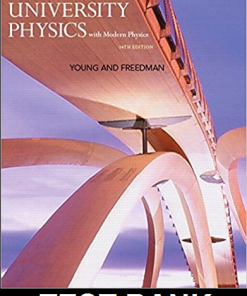
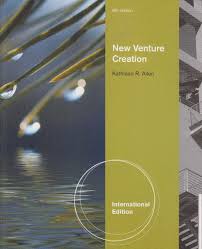
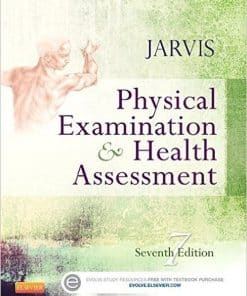
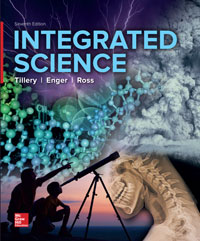
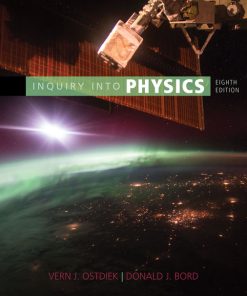
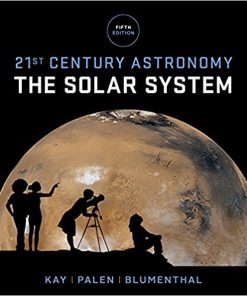

Reviews
There are no reviews yet.